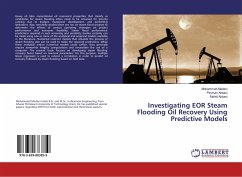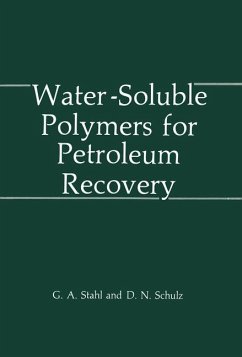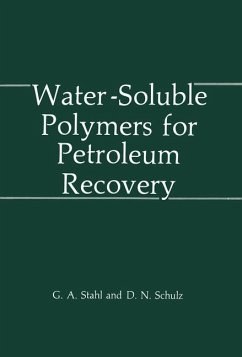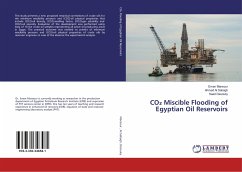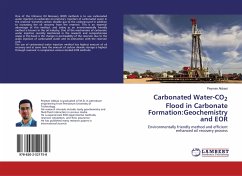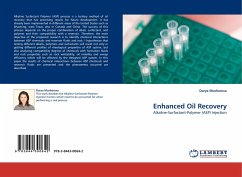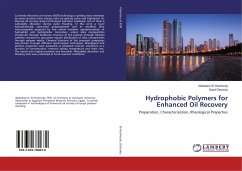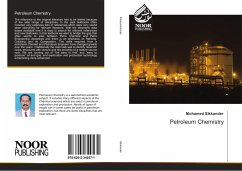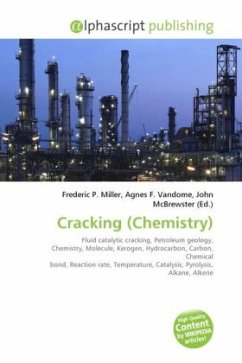
Alkaline - Surfactant - Polymer (ASP) Flooding for Enhanced Oil Recovery
A Comparative Simulation Study of Chemical EOR Methodologies (ASP) applied to Norne Field E-Segment
Versandkostenfrei!
Versandfertig in 6-10 Tagen
33,99 €
inkl. MwSt.

PAYBACK Punkte
17 °P sammeln!
Primary and Secondary Recovery techniques together are able to recover only about 35-50% of oil from the reservoir. This leaves a significant amount of oil remaining in the reservoir. The residual oil left after the water flooding is either from water swept part or area by-passed by the water flooding. The by-passed residual oil has a high interfacial tension with the water. One way of recovering this capillary trapped oil is by flooding the reservoir with chemicals (Alkaline, surfactant and/or polymer). Five EOR scenarios such as surfactant flooding, alkaline-surfactant flooding, polymer floo...
Primary and Secondary Recovery techniques together are able to recover only about 35-50% of oil from the reservoir. This leaves a significant amount of oil remaining in the reservoir. The residual oil left after the water flooding is either from water swept part or area by-passed by the water flooding. The by-passed residual oil has a high interfacial tension with the water. One way of recovering this capillary trapped oil is by flooding the reservoir with chemicals (Alkaline, surfactant and/or polymer). Five EOR scenarios such as surfactant flooding, alkaline-surfactant flooding, polymer flooding, surfactant-polymer flooding, and alkaline-surfactant-polymer (ASP) flooding were simulated using Eclipse 100 for the Norne E-segment. In addition, calculation of incremental NPV for all scenarios and single parameter sensitivity analysis (Spider plot) were also performed. From simulation results and economics analysis, ASP flooding was concluded to be better than other chemical methodsin terms of incremental NPV for the Norne E-segment. Also, it was found from Spider plot that change in oil price has the considerable effect on NPV compared to the other parameters.



